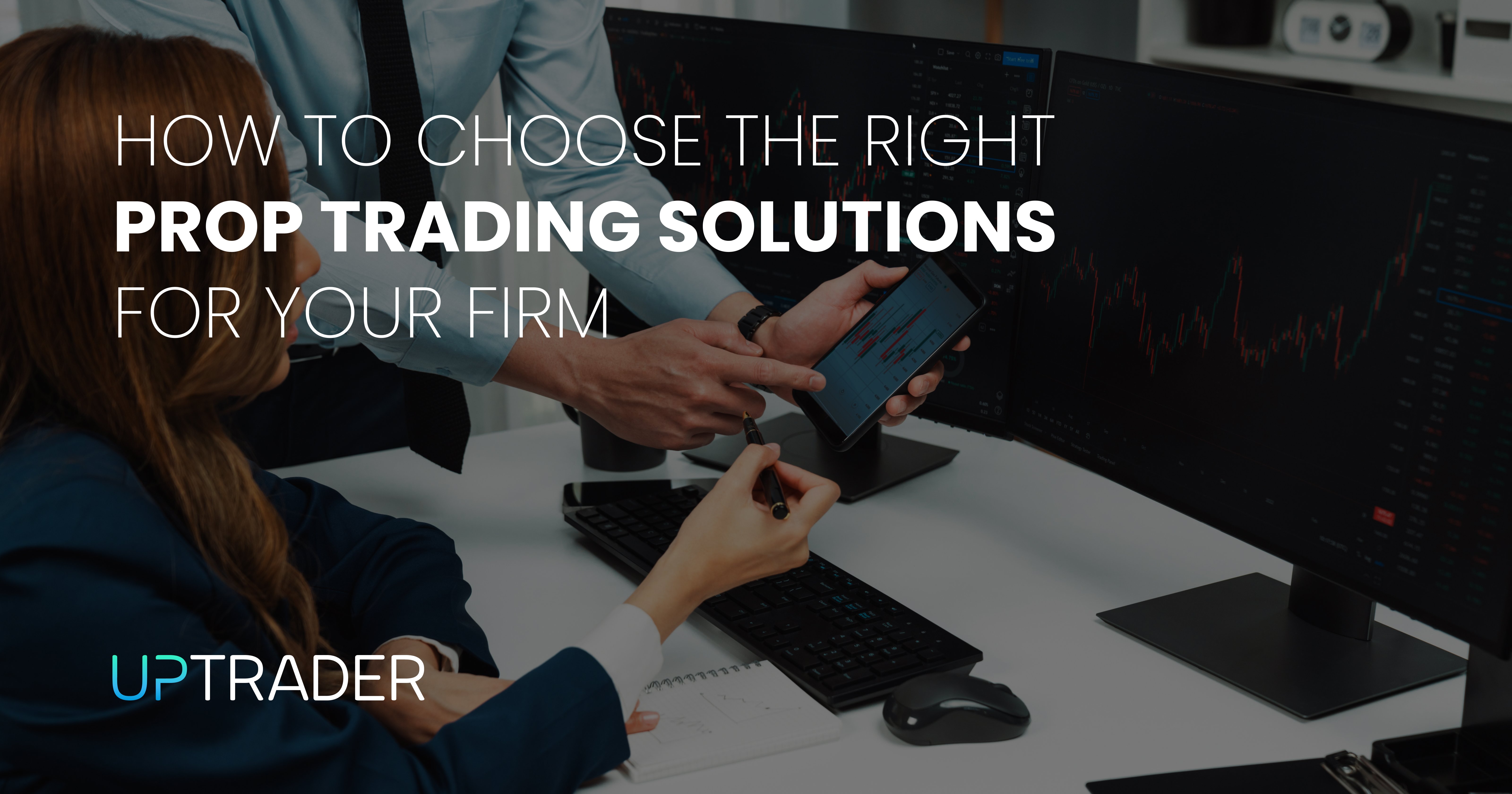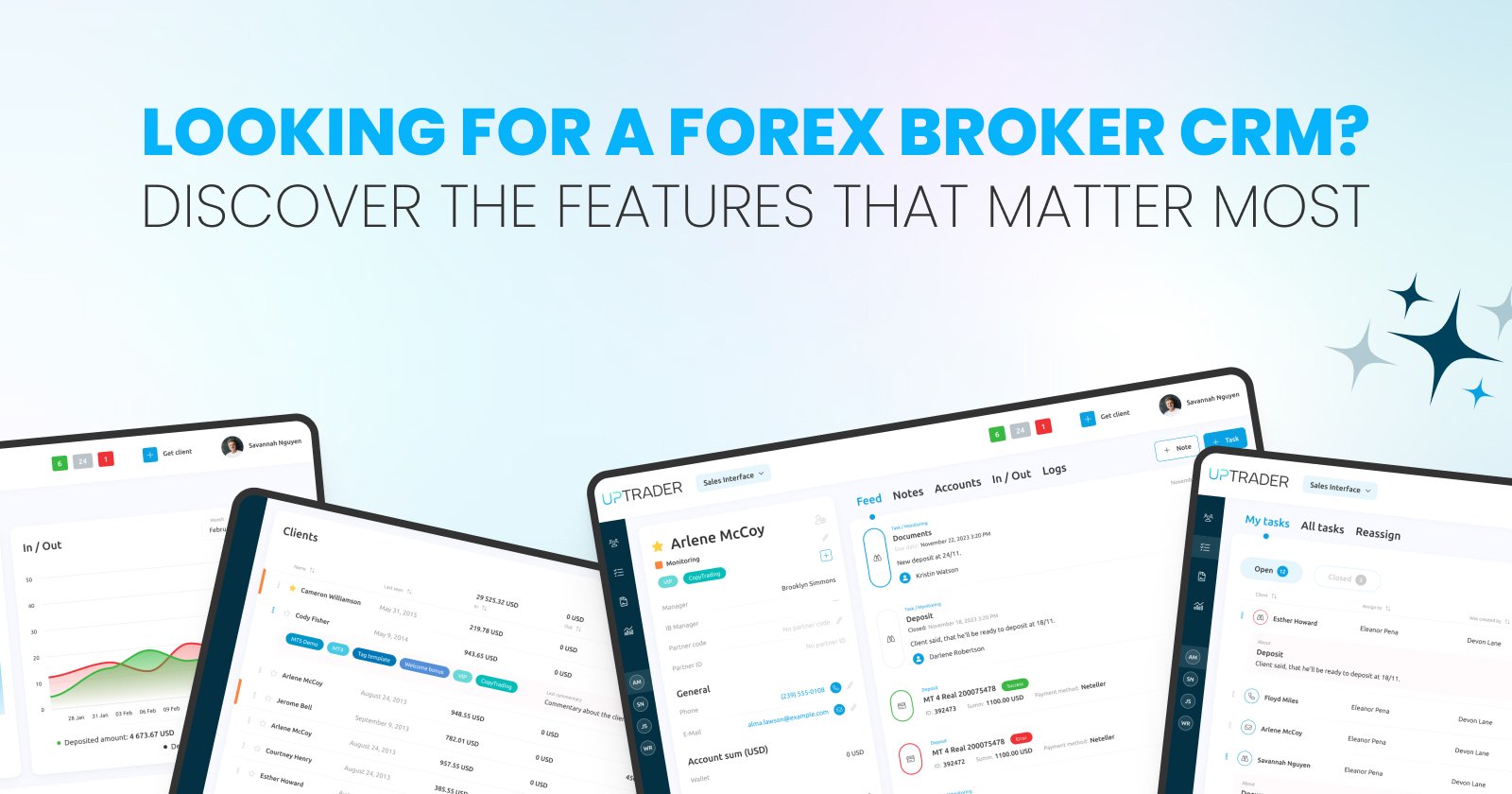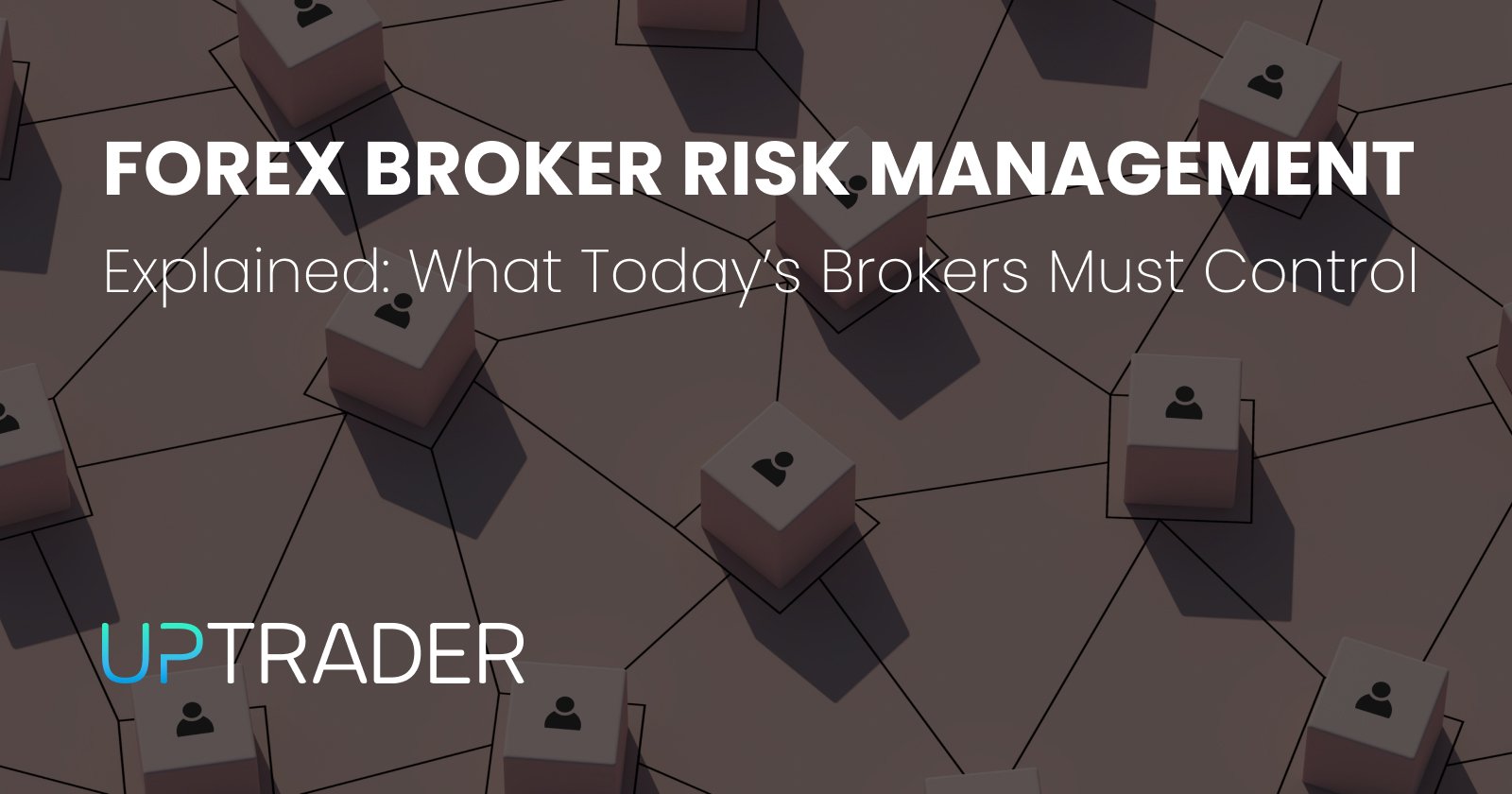How to Choose the Right Prop Trading Solutions for Your Firm

Share this publication:
Picking the right prop trading solution is one of the smartest moves you can make for your proprietary firm — and one of the riskiest if you get it wrong. You want a platform that amplifies your traders’ strengths, protects capital, and scales with your ambitions. But the market is crowded, vendors promise the moon, and features can blur into noise. This guide strips away the fluff and gives you a clear, confident route to choosing the solution that actually moves the needle.
Your Guide to the Right Prop Trading Solution
Start With Your Outcomes — Not The Tech
Before you look at screens or demos, decide what success looks like. Do you want to:
- Reduce latency by X milliseconds to squeeze out arbitrage edges?
- Standardize risk and position limits across teams?
- Improve onboarding and compliance for a growing book of external traders?
- Provide a low-friction environment for retail-funded traders?
Naming a few measurable outcomes keeps conversations practical. When a vendor says “scalable” or “enterprise-grade,” you’ll be able to quickly judge whether that claim aligns with what you actually need.
Inventory Your Current Stack and Processes
You can’t evaluate a new solution in a vacuum. Map what you already have: broker connectivity, order routing, market data feeds, risk engines, back office, OMS, execution algos, and trader workstations. Note the pain points: patchy FIX sessions, reconciliation delays, manual overrides, or poor user experience.
This inventory does two things: it reveals integration effort (easy wins vs heavy lifts) and highlights which features are non-negotiable versus “nice to have.” Spoiler: integration headaches are the most common reason prop tech projects overrun.
Define Hard Requirements (and a few soft ones)
Turn your outcomes into requirements. Keep two lists:
Hard requirements — must-have features without which the platform is useless for you. Examples:
- FIX/Native gateway compatibility with your prime brokers and venues.
- Deterministic risk checks at order entry (pre-trade).
- Millisecond-level latency guarantees if you’re latency-sensitive.
- Audit trail and regulatory reporting ability.
Soft requirements — things that improve productivity or future-proof the investment:
- Built-in backtesting and strategy sandboxes.
- Modular microservices architecture.
- Trader-facing UI customization.
- Competitive pricing for additional seats.
Having this separation prevents feature-creep from driving procurement decisions.
Quantify Total Cost of Ownership (TCO)
Licensing fees are only the start. Request from vendors a complete outline which includes:
- Implementation and integration hours (internal + vendor).
- Ongoing support SLA tiers and estimated response times.
- Costs for extra connectors or data feeds.
- Hardware or co-location recommendations and associated costs.
- Training, documentation, and onboarding resources.
Ask vendors to give you case studies showing actual outcomes for similar clients. A cheaper license with a six-month integration and constant firefighting is rarely cheaper in the long run.
Measure Performance — Real Metrics, not Marketing
Vendors will present benchmarks. Ask for raw logs or real-world metrics from existing clients (redacted where necessary). Important numbers to verify:
- Average and tail latency for order round-trip time.
- Throughput: orders per second and how throughput degrades under stress.
- Mean time to recover for failover scenarios.
- Frequency and duration of scheduled and unscheduled downtime.
If you’re a high-frequency or market-making desk, run a proof-of-concept (PoC) that mirrors your traffic patterns. Synthetic benchmarks are okay for initial screening, but nothing beats real-traffic validation.
Integration and Interoperability: Make Them Prove it
A prop solution must live in your ecosystem. Ask vendors to:
- Show sample audit logs and how they handle session resets and sequence gaps.
- Explain handling of data normalization (tick, order, and fills across venues).
- Show how the platform manages the risk engine and back office for your firm.
- Walk through how the platform interoperates with your risk engine and back office.
Avoid proprietary black boxes that force you to rework downstream systems. The smoother the integration, the faster your traders are up and running.
Risk Controls: Protect Capital Without Choking Alpha
Good risk features are not just about hard limits. Look for:
- Pre-trade and post-trade risk enforcement, with configurable rules.
- Kill-switch and circuit-breaker support, both manual and automatic.
- Multi-dimensional limits (per trader, strategy, instrument, aggregate firm exposure).
- Real-time P&L and stress test capabilities.
Ask: how quickly can rules be changed, who can change them, and what auditing is in place? Your risk controls should be fast, transparent, and reversible.
Security, Compliance and Auditability — Non-Negotiables
Security is a baseline. Demand details on:
- Network segmentation, encryption in transit and at rest.
- Role-based access control and multi-factor authentication.
- SOC2 / ISO27001 or equivalent compliance documentation.
- Retention policies on data and audit log exportability.
Compliance workflows should not be a second thought. If you operate in different jurisdictions, confirm the vendor supports the specific reporting standards your firm needs.
Latency vs. Functionality: Find the Right Trade-off
Not every firm needs the lowest-latency engine. Sometimes reliability, analytics, or execution algos matter more. Decide which side of the trade-off your firm sits on, and choose accordingly:
- If you need microsecond advantage: prioritize C++-based engines, kernel bypass, colocated hardware, and minimal middleware.
- If you need rapid strategy iteration and analytics: prioritize flexible APIs, Python/C++ hybrid frameworks, and integrated backtesting.
Clear priorities prevent you from overpaying for features you won’t use.
User Experience for Traders and Admin — It Matters
Traders are the product’s end-users. A clunky UX costs time and causes mistakes. Evaluate:
- Desktop and web UIs for order entry, blotters, and analytics.
- Customizability of the trader workspace.
- Speed of common workflows: order amend/cancel, quick size changes, and basket orders.
- Admin consoles for monitoring sessions, managing connectors, and changing rules.
Include traders in demos — they’ll spot friction you won’t.
Vendor Credibility and Support Model
Vendor stability, customer support, and roadmap alignment are often underestimated. Check:
- Client roster and references from firms with similar needs.
- Average tenure of the vendor’s engineering and support teams.
- Release cadence and how backward compatibility is handled.
- SLA terms and support hours (are they 24/7 if you trade overnight?).
A responsive vendor who understands trading ops is worth paying a premium for.
Run a Targeted Pilot — Keep it Narrow and Measurable
Never buy a platform on slides alone. Run a short, scoped pilot that focuses on your riskiest assumptions: connectivity, risk enforcement, latency, and trader workflows. Define success criteria before you start and limit scope to three to five critical tests.
Use realistic traffic and include failover tests. Capture metrics and let traders give qualitative feedback. If the vendor hesitates to sign a short pilot SLA, consider that a red flag.
Plan for Scaling and Exit Strategies
Ask how the platform will scale as your volumes, strategies, or regulatory footprint grows. Also plan an exit: vendor lock-in is real. Ensure:
- Data export is straightforward and well-documented.
- APIs follow open standards where possible.
- There’s a migration path for connectors and reports.
A platform that locks you in can become a liability when the market or your strategy changes.
Governance and Internal Change Management
Technology is only half the battle. Successful adoption requires governance:
- Assign a product owner who bridges trading, IT, and compliance.
- Design a change management plan that covers training, runbooks, and defined escalation paths.
- Set a realistic rollout schedule and ensure you have rollback plans.
When people and processes are aligned, even imperfect tech can perform well. Without alignment, even excellent tech will struggle.
Final Checklist — Decision Time
Before you sign, check you have:
- Clear mapping from business outcomes to technical requirements.
- PoC results that validate your critical metrics.
- Full TCO and implementation timeline.
- Security and compliance documentation.
- References from similar clients and a committed support SLA.
- An explicit migration and exit plan.
If any of these are missing, slow down. If they’re in place and your pilot passed, move forward confidently.
Closing Thoughts
Choosing the right prop trading solution is less about finding the “best” platform and more about finding the one that fits your firm’s DNA. Be methodical: define outcomes, test aggressively, and prioritize integration, risk, and real-world performance over glossy demos. When you run the numbers, involve traders early, and insist on measurable pilots, you won’t just buy a piece of software — you’ll add an engine that turbocharges your trading business.
Take your brokerage to the next level with UpTrader. Use our platform to onboard partners faster, automate workflows, and strengthen compliance.
Start today to scale revenue with less friction and more control.







